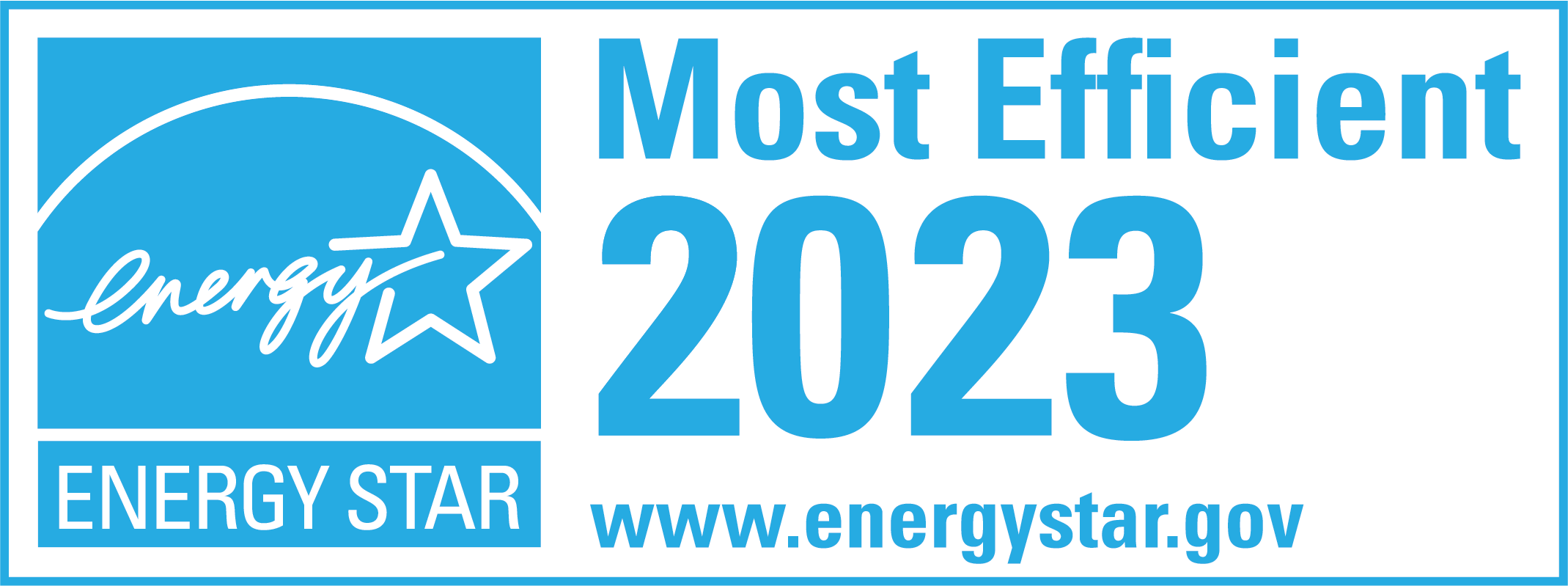How to Flash New Construction Windows
Window flashing in a newly constructed home is a crucial step in ensuring the longevity and efficiency of your windows. Proper window flashing helps prevent water infiltration, moisture damage, and air leaks, leading to costly repairs and increased energy bills. In this article, we will guide you through the process of flashing new construction windows, explaining the importance of window flashing, the materials needed, the preparation required, the step-by-step procedure, and the common mistakes to avoid.
Understanding the Importance of Window Flashing
Window flashing is a protective barrier installed around windows to prevent water from seeping in and causing damage to the surrounding structure. It is a critical component of the building envelope system, which aims to keep the interior of the building dry and free from mold, rot, and deterioration.
When constructing a building, window flashing is crucial in ensuring its longevity and durability. Water can easily penetrate the building envelope without proper window flashing, leading to many problems. From structural damage to the growth of mold and mildew, the consequences of water intrusion can be extensive and costly to repair.
The Role of Window Flashing in Construction
Window flashing acts as a seal that directs water away from vulnerable areas, such as the bottom of the window frame and the corners where water is most likely to accumulate. By redirecting water and preventing its entry, window flashing helps to maintain the integrity of the building and safeguard against water-related issues.
During construction, window flashing is typically installed simultaneously as the windows themselves. It is carefully integrated into the building envelope, ensuring a watertight seal around the window openings. Various types of window flashing materials are available, including metal, rubber, and flexible membranes. The choice of flashing material depends on factors such as climate, building design, and budget.
Window flashing should be installed by experienced professionals who understand the importance of proper installation techniques. Improper installation can compromise the effectiveness of the flashing and leave the building vulnerable to water damage. Following manufacturer guidelines and industry best practices is essential to ensure the window flashing performs its intended function.
Key Benefits of Proper Window Flashing
Proper window flashing offers several benefits. Firstly, it helps to prevent water intrusion, which can lead to costly repairs and potential health hazards caused by mold growth. By creating a barrier against water, window flashing protects the building’s structural components, such as the framing and insulation, from moisture damage.
In addition to preventing water intrusion, window flashing also improves energy efficiency. Minimizing air leaks around the windows, it reduces the amount of conditioned air escaping from the building and outside air infiltrating. This, in turn, lowers heating and cooling costs, making the building more environmentally friendly and cost-effective to operate.
Furthermore, proper window flashing enhances your windows’ overall performance and lifespan. Keeping water out prevents the deterioration of window frames and sills, ensuring they remain structurally sound and aesthetically pleasing. With well-maintained window flashing, your windows can withstand the test of time and continue to provide optimal functionality.
In conclusion, window flashing is vital to any building’s construction. It acts as a protective barrier, preventing water intrusion and safeguarding against potential damage and deterioration. By understanding the importance of proper window flashing and ensuring its correct installation, you can create a building envelope that is resilient, energy-efficient, and built to last.
Materials Needed for Window Flashing
When it comes to window flashing, selecting the right materials is essential for ensuring a successful installation. Here are a few key materials you will need:
Choosing the Right Flashing Tape
Flashing tape is a crucial element in window flashing. Choosing a high-quality, self-adhesive flashing tape that is durable and resistant to water infiltration is recommended. Look for a tape compatible with your area’s specific type of window frame and climate conditions.
When selecting flashing tape, consider the material it is made of. Some common options include butyl rubber, asphalt, and polyethylene. Each material has its advantages and disadvantages, so it’s important to choose one that suits your specific needs. For example, butyl rubber tape is known for its excellent adhesion and flexibility, making it ideal for irregular surfaces and extreme weather conditions.
Another factor to consider is the width of the flashing tape. The width should cover the entire window frame and provide a proper seal. Measuring the width of the window frame beforehand is recommended to ensure you purchase the correct size.
Necessary Tools for Window Flashing
In addition to flashing tape, you will need tools to complete the window flashing process. This includes a utility knife, caulk gun, hammer, pry bar, measuring tape, and a sealant suitable for outdoor use.
A utility knife is essential for cutting the flashing tape to the desired length and shape. Make sure to use a sharp blade to ensure clean and precise cuts. A caulk gun is also necessary for applying sealant around the window frame to enhance the waterproofing and insulation further.
A hammer and pry bar removes existing trim or siding around the window, allowing for a clean and smooth installation. It’s important to handle these tools carefully to avoid damaging the window or surrounding surfaces.
Measuring tape is an indispensable tool for accurately measuring the dimensions of the window frame and determining the required length of flashing tape. It’s crucial to measure twice to ensure accuracy and avoid wastage.
Lastly, selecting the right sealant is vital for achieving a watertight seal. Look for a sealant specifically designed for outdoor use and compatible with the materials used in your window frame. Due to their excellent adhesion and durability, silicone-based sealants are commonly used for window flashing.
Preparing for Window Flashing
Before you begin flashing your new construction windows, taking the necessary precautions and preparing the area properly is crucial. These steps will ensure a smooth and successful installation.
Safety Measures to Consider
Before starting any construction project, safety should always be a top priority. Ensure you have the appropriate personal protective equipment (PPE), including gloves, eye protection, and a dust mask if working with potentially hazardous materials. Additionally, ensure you have a sturdy ladder or scaffolding to access the window safely.
Assessing the Window Frame
Before flashing, thoroughly inspect the window frame for any damage or defects. Repair or replace any rotted wood, damaged flashing, or compromised areas before moving forward with the flashing process. The window frame should be clean and dry to promote proper adhesion of the flashing tape.
Step-by-Step Guide to Flashing New Construction Windows
Now that you have prepared the area and gathered the necessary materials, let’s dive into the step-by-step process of flashing new construction windows.
Applying the Sill Pan
The first step is to install a sill pan, a sheet of metal or PVC that fits under the bottom of the window frame. The sill pan helps to direct any water away from the window and prevents it from entering the building envelope. Carefully cut the sill pan to the appropriate size and secure it in place using the recommended fasteners.
Installing the Flashing Tape
Next, apply the flashing tape around the sides and top of the window frame, ensuring it overlaps the sill pan. Start at the bottom corners and work your way up, applying the tape upward. Press the tape firmly onto the window frame to ensure proper adhesion.
Sealing the Corners
Finally, seal the corners of the window frame using a compatible sealant or caulk. Apply a generous amount of sealant to fill any gaps or spaces in the corners. Smooth the sealant using a caulk smoothing tool to create a neat, watertight seal.
Common Mistakes to Avoid
While flashing new construction windows may seem straightforward, there are a few common mistakes to avoid:
Improper Alignment of Flashing Tape
One common mistake is failing to align the flashing tape properly. Ensure that the tape overlaps the sill pan and extends beyond the sides and top of the window frame to create a continuous barrier that directs water away from the window.
Neglecting to Seal the Corners
Another mistake is forgetting to seal the corners of the window frame. Neglecting this step can result in water infiltration and compromise the effectiveness of the window flashing system. Take the time to apply a generous sealant to the corners and ensure a watertight seal.
By understanding its importance, having the right materials, properly preparing the area, following the step-by-step procedure, and avoiding common mistakes, you can ensure your new construction windows are properly flashed. So, take the necessary time and care to ensure that your windows are properly flashed and protected for years.
Window Depot USA of Tyler, TX, combines premium grade replacement window products with factory-direct pricing, a Transferable Lifetime Limited Warranty, and professional, courteous installation to offer the very best value in the industry today! Call us at (903) 752-0449 for a free, no-obligation quote, and find out firsthand what sets Window Depot of Tyler, TX, apart from the rest of the crowd. We’d be honored by the opportunity to earn your business!
Our service area includes the following towns: Tyler, Whitehouse, Bullard, Lindale, Chandler, Canton, Mineola, Longview, Kilgore, Henderson, Gilmer, Gladewater, Marshall, Hallsville, and Palestine.









